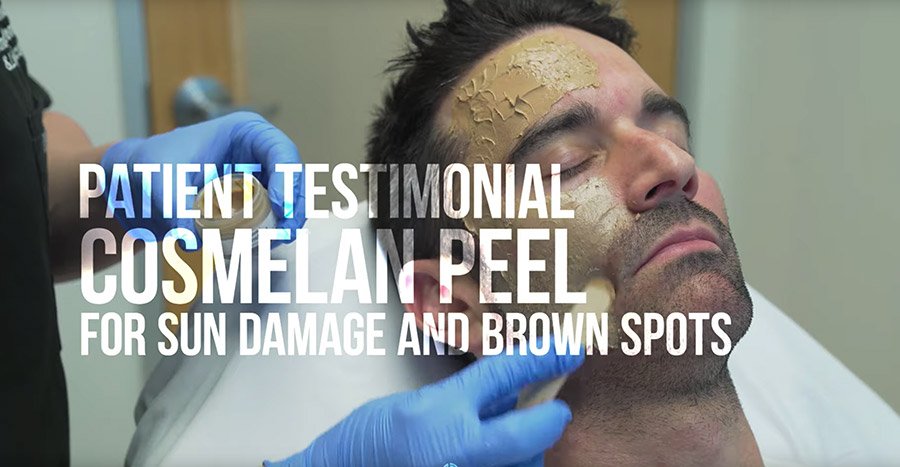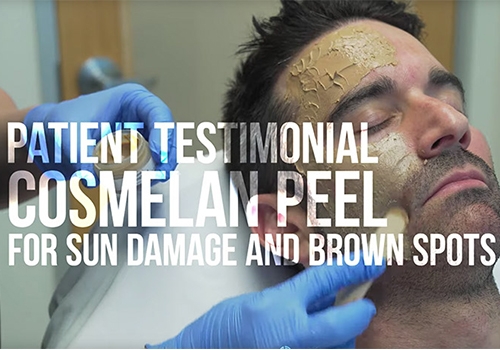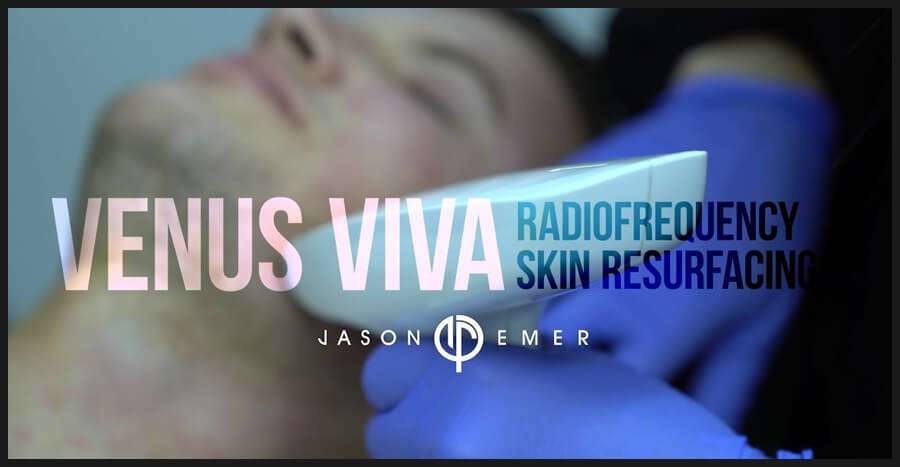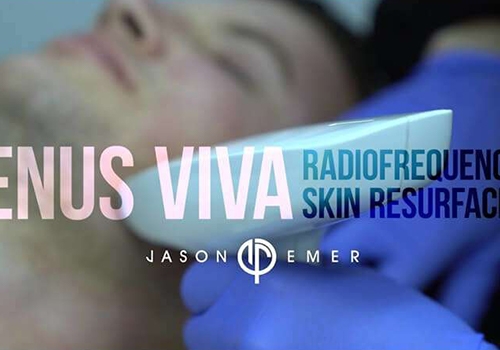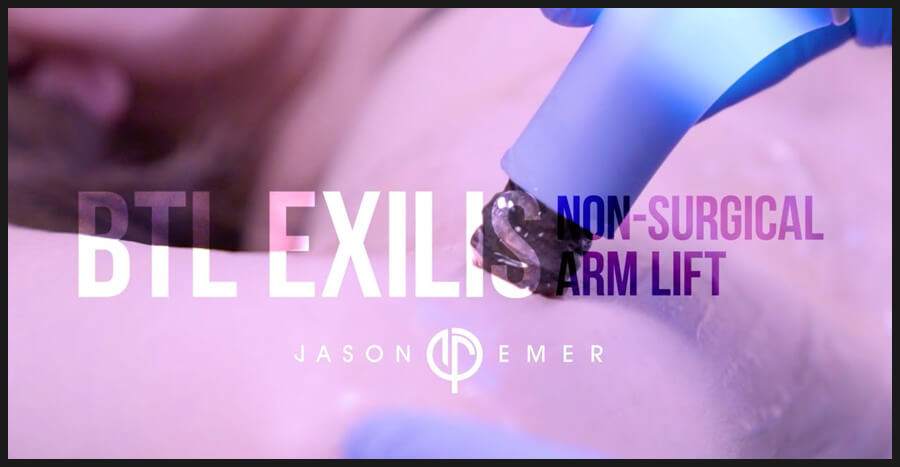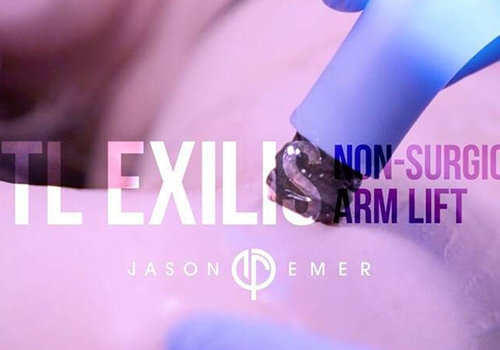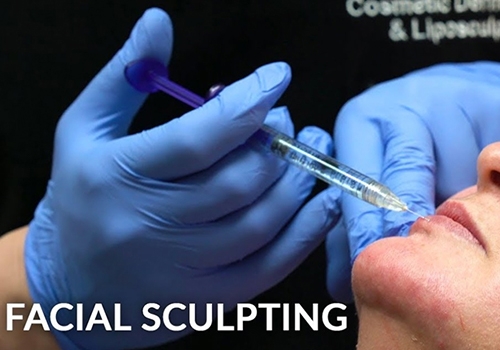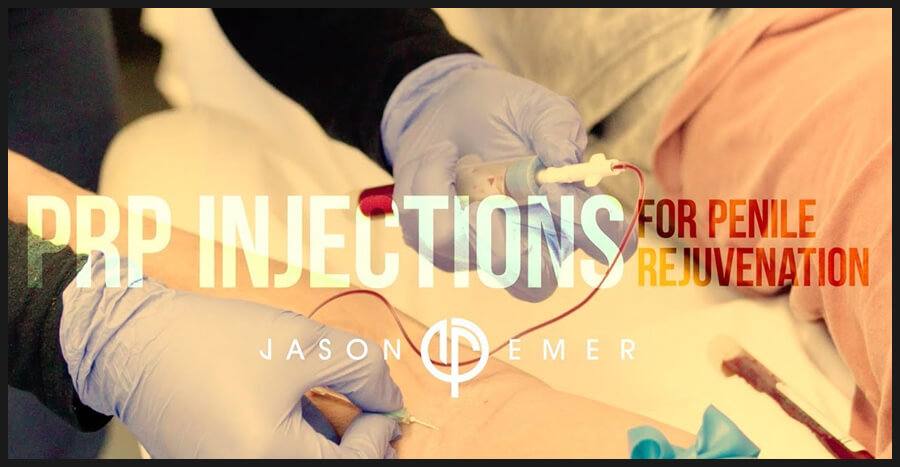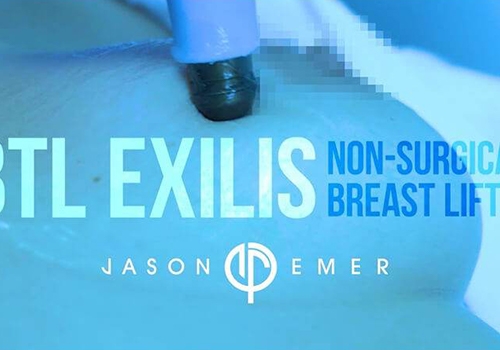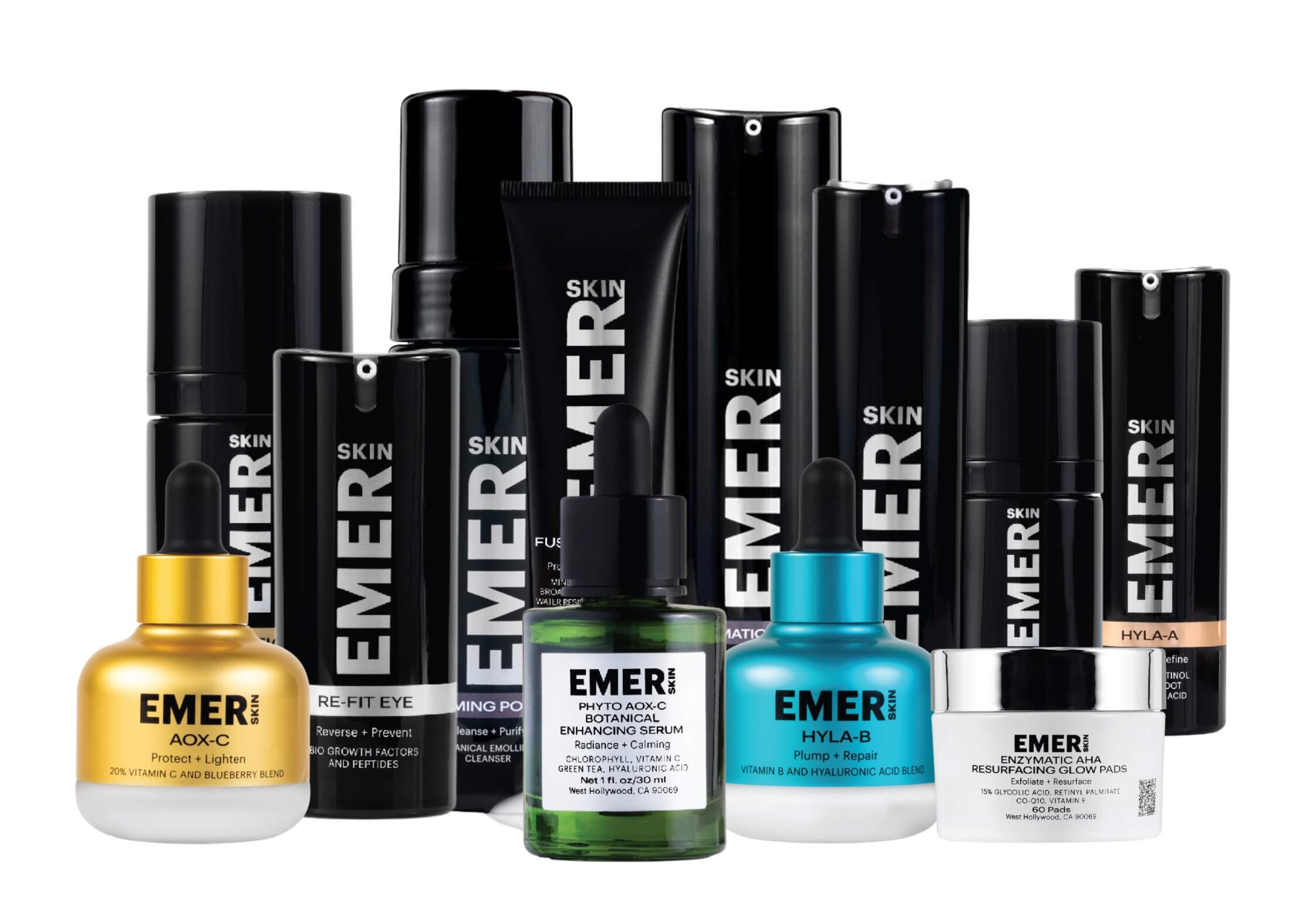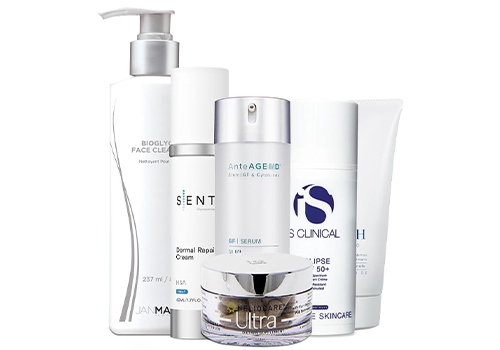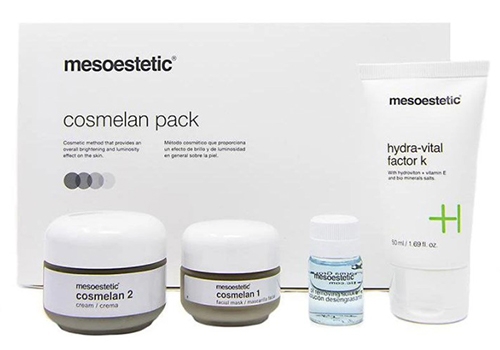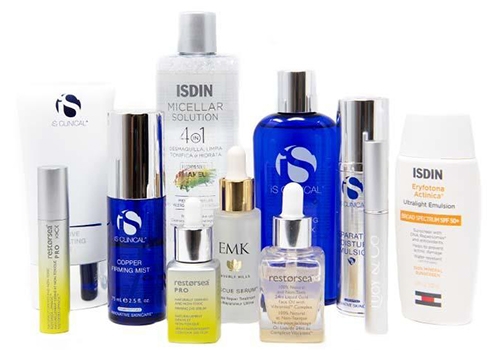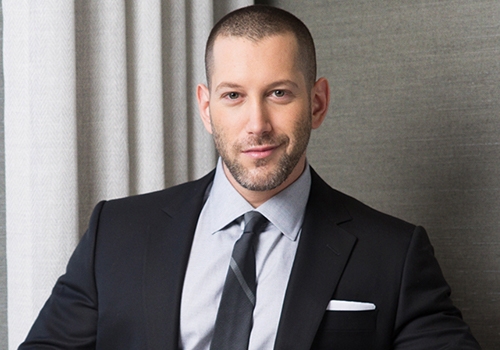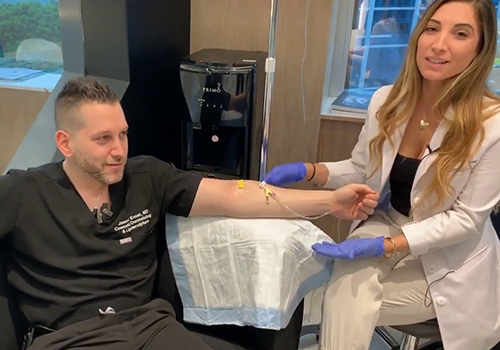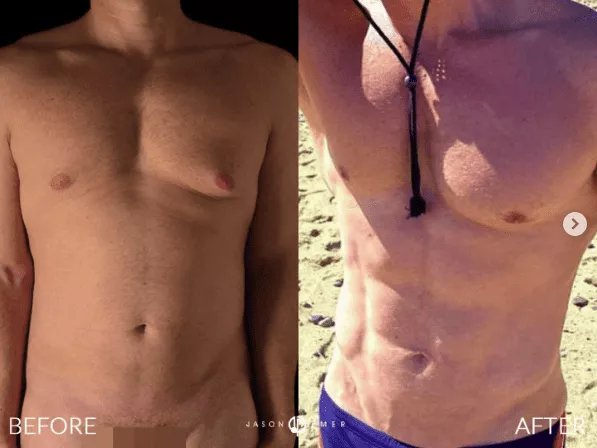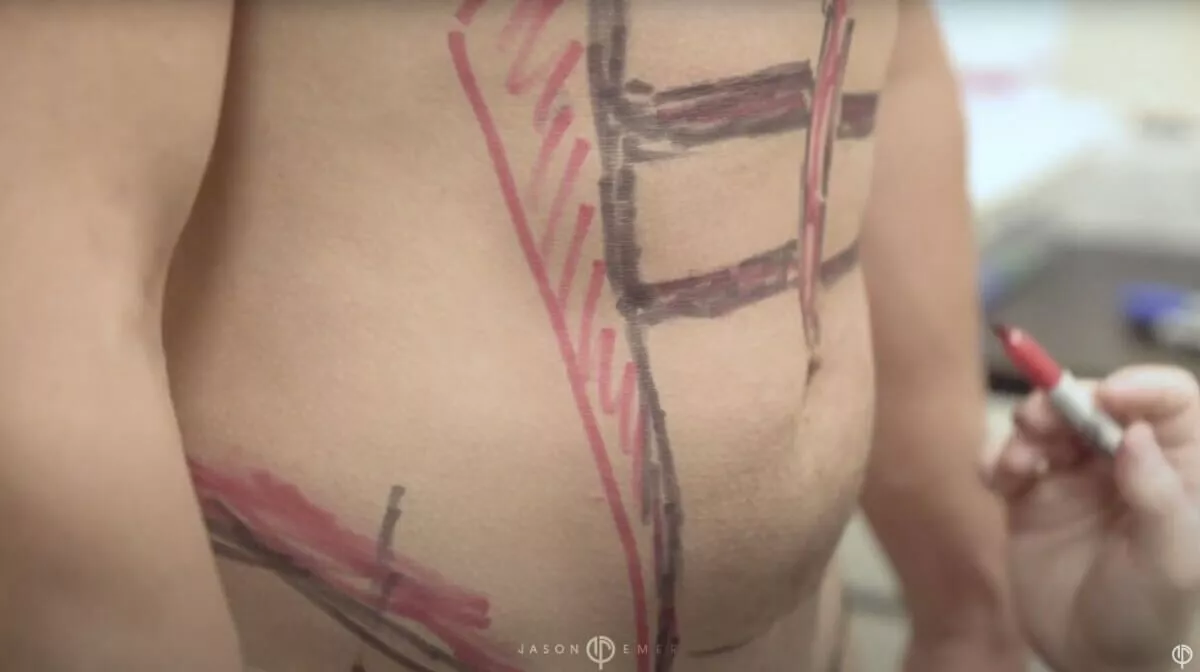
Like many beauty treatments, laser hair removal has come a long way. A process that used to be lengthy and painful is now much quicker and practically painless, making smooth, hairless legs, underarms, and bikini lines more accessible than ever. But if you want the best of the best in laser hair removal, you have to know a thing or two about the technology. The most advanced option on the scene? Diode laser machines like the The Asclepion MeDioStar®, backed by Astanza.
Cosmetic Dermatologist to the stars Dr. Jason Emer is a huge fan of this technology. In fact, even though his office has the option to use other machines, he tells us that his staff always opts for the MeDioStar. We chatted with Dr. Emer to learn more about why this new technology is the best option for most patients and what you can expect from your laser hair removal appointment.
TS
What do you like about diode laser hair removal versus other, more traditional treatment options like IPL?
JE
I’ve been doing laser hair removal for 15 years. When I first started, my mentors were using IPL, or intense pulsed light, for hair removal and it was very painful. You couldn’t treat all skin types. I myself got burned doing IPL laser hair removal. Those light-based therapies for hair removal were more dangerous because energy would spread and it also would be attracted to melanin in the skin as well as melanin in hair. People get blisters, they would get burns. The thing is: IPL is actually not laser. Laser is what we use now, and it’s much more focused than light. This makes every single skin type and even larger areas easier to treat because there’s less pain and it’s extremely fast. You can now treat an entire back, which would normally take 30 minutes, in five minutes with this technology. I have guys that come in and do their whole body in 20 – 30 minutes when it would take like four or five hours in the past. You’re also able to focus on as small as a one centimeter area — because of this we’re able to treat very sensitive areas like the anal region, bikini areas, the neck, and underarms.
TS
You mentioned that this technology focuses on hair follicles as opposed to melanin in the skin — does that mean you can now treat a wider variety of skin tones?
JE
The way that hair removal works is by heating the melanin in the hair follicle to the point the follicle dies. With light therapies in the past, if you had darker skin, it would grab onto the melanin in your skin as well. You would get blistered, you would get burned, you would get hyperpigmentation. But now with these new technologies, it’s not doing that. It’s very focused on the hair follicles. Now you can treat every skin type because it’s targeting the hair follicle, more than it’s targeting the actual skin itself.
TS
What does it feel like to get a treatment? Is it painful?
JE
In the past it was extremely painful. Now these machines have built-in cooling technology, and the energy is delivered very quickly and focused to the hair follicles — so it’s a quick release, quick dissipation. It only feels like little pinches or a little electrical shock — at most a rubber band. Some people are obviously more sensitive. If somebody has really thick, curly body hair to initially start, they might feel it a little bit more. But with the MeDioStar, typically those patients feel the pain significantly less compared to the previous treatments we’ve ever used.
TS
Are there other benefits to treatment outside of smooth, hairless skin?
JE
A lot of guys will ask to have their armpit area treated, because it tends to decrease sweating after treatment. Sweat glands are attached to the hair follicles, so when the hair follicles die, sometimes the sweat glands do as well. For a lot of bikers and runners, I do the groin area, because they don’t want to sweat as much when they’re exercising.
A lot of people get inflamed hair follicles, either from shaving, sweating, or friction. For example, I have athletes that get treatments on their whole face because their helmets irritate their beards. It looks like they have acne, but it’s really folliculitis. If you do hair removal, you get rid of that permanently, because basically there’s no hair follicle to get inflamed. The negative to it is that when you first start this process, it sometimes can worsen it. Since you’re killing the follicles, they have to come up to the surface. So as they’re dying and falling out, you’re going to see more of those bumps. But then the bumps disappear over time.
There’s also a condition called Keratosis Pilaris, where people get ingrown red hair follicles on their arms, their buttocks and thighs, or even their face. It looks like chicken skin with little bumps. Laser hair removal improves it. It also just improves follicular eczema, and it helps to get rid of the acne and pigmentation. Overall, it makes the skin look smoother and softer.
TS
Are there any cons or risks to this treatment?
JE
Make sure you visit a trained professional. If laser hair removal is not done properly, you can get burns that can lead to striping, where some areas can be dark in color or some areas can be white in color. Also, hair protects our skin against UV rays. So you have to make sure that you’re using sun protection after treatment. You’re more likely, if you’re super smooth, to get brown spots and sun damage if you’re not protecting yourself.
TS
How many sessions does it take to get results?
JE
The number of treatments varies depending on area size, hair type, and skin type. Six treatments are generally recommended, with annual visits to touch up after that.
TS
How much do treatments cost?
JE
It definitely varies, but it ranges on average between $50 and $500, depending on where on your body you’re getting treated. If it’s a doctor doing the treatment, you might even pay a little bit more.


